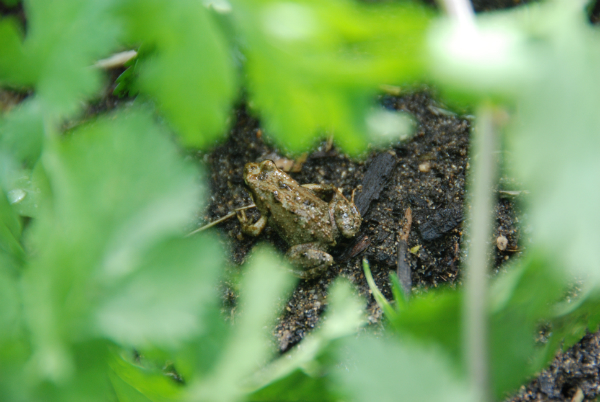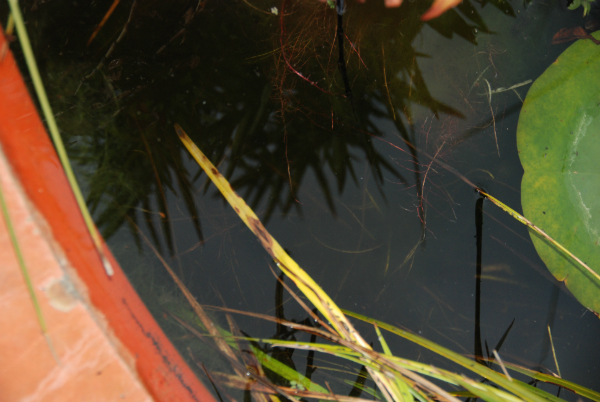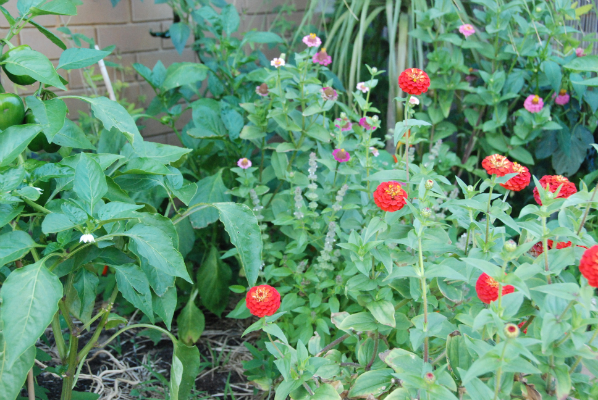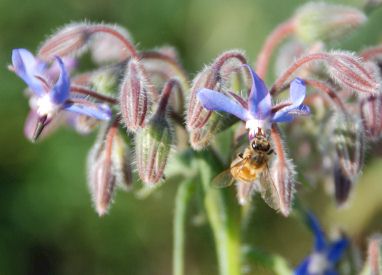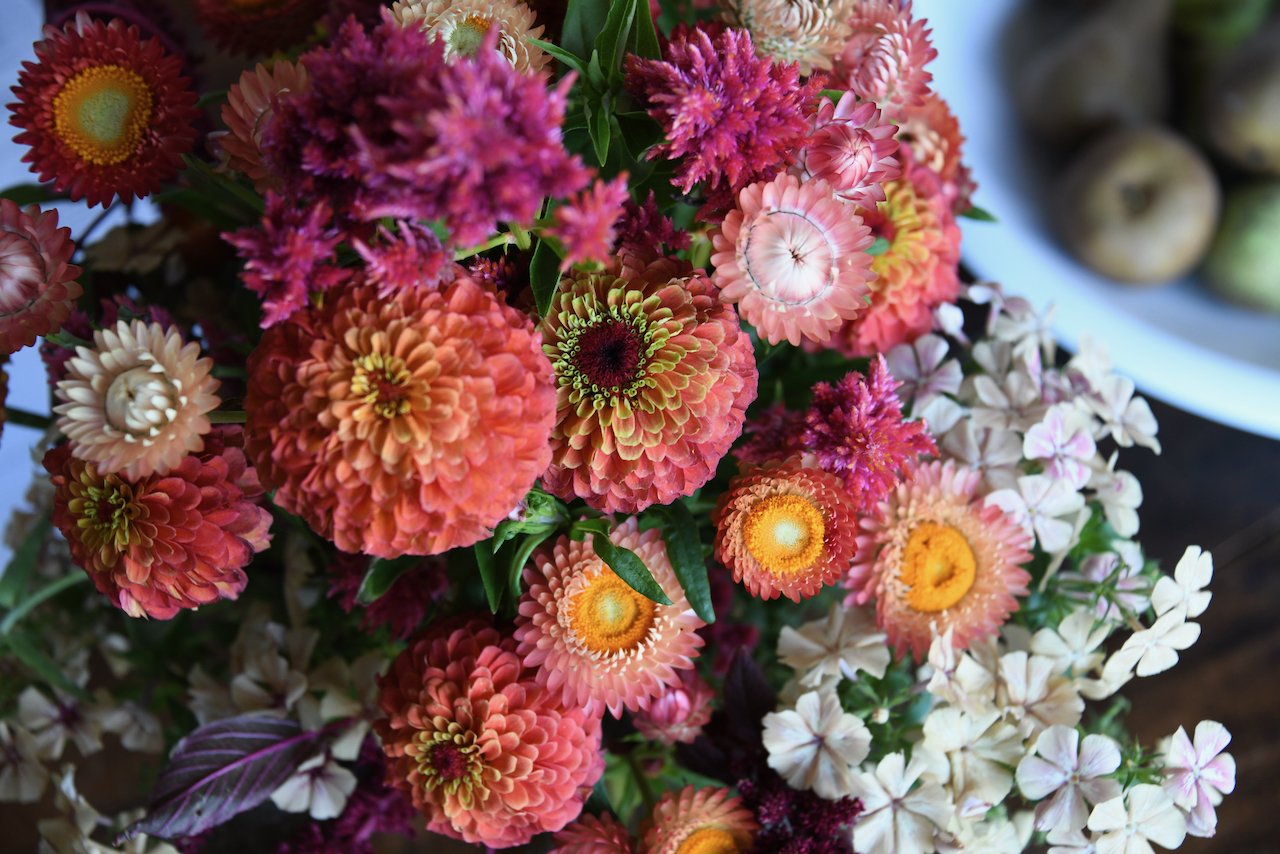 Despite its cruel sting, there is always room in our mandala circles for nettle. It self seeds and spreads rapidly, "invasively" I have heard some say. But as I am so fond of this herb, not only as food for my family and a medicinal herb for acute ailments, but also as an incredible micronutrient accumulator and plant tonic for the whole garden, I have never minded its habit of being everywhere.
Despite its cruel sting, there is always room in our mandala circles for nettle. It self seeds and spreads rapidly, "invasively" I have heard some say. But as I am so fond of this herb, not only as food for my family and a medicinal herb for acute ailments, but also as an incredible micronutrient accumulator and plant tonic for the whole garden, I have never minded its habit of being everywhere.
Nettle grows easily in temperate climates. The stinging hairs of the fresh nettle contain formic acid and histamine, and have a long history of therapeutic use. The Romans, when they entered cold and damp Britain, used to flog themselves warm to ward off the illnesses and infections rife in that weather. In South America regular stinging has been used to stimulate the circulation, even in serious conditions such as gangrene. Galen recommended the friction of the leaves against the skin to increase the circulation and stir up 'natural heat', to stimulate desire and cure impotence. The nettle's sting has given it a symbolic meaning of cruelty and spite (McIntyre, 229).
The tough fibers of the stalk are used in fabric making. Remnants of nettle fabric have been found in burial shrouds that date back to the Bronze Age, and it is still used today to make cordage and fabric (Gladstar, 250).
Nettle is a great example of Hippocrates' adage, "Make food your medicine and medicine your food". Nettle is a gourmet green. Lightly steamed, served with olive oil, lemon juice and a bit a feta, it makes a wonderful early spring addition to a meal. Nettle can be substituted in any spanikopita recipe making a lovely, wild, tasty delight. You can also pickle spring nettle tops by layering them in a mason jar and topping them with one part apple cider vinegar and one part olive oil. You can add garlic cloves and cayenne peppers. Ensure that no nettles surface above the liquid. Let the herbs marinade in the jar for several weeks or even months (Gladstar, 250,251). We also add nettles to simple quinoa soups and our "green eggs", a light omelette with nettles, spinach, lemon thyme and chives. In fact, my children tease that the green in most dishes in spring is probably nettles. The formic acid wilts when the leaves are steamed or cooked and will no longer sting.
Nettles are highly nutritious, rich in vitamin A, vitamin C, calcium, and one of the highest sources of digestible iron in plant form. They have been used throughout history as a nourishing tonic for anaemia, fatigue, edema, menstrual difficulties, allergies and hay fever. They stimulate the liver and kidneys, cleaning the body of toxins and wastes. Used as a tea or cooked into food in spring, they help restore vitality to the system. Nettle enrichs the blood and nourishs the nervous system. Being hot and dry, it helps the body to release excess mucous from the lungs and colon. Made into an ointment, nettle helps to relieve irritating skin conditions such as eczema.
In ayruvedic medicine, the nettle has a cooling energy and a pungent effect (Frawley and Lad, 209).
Nettle leaves are safe for pregnant women and provide a nourishing, iron rich tonic which can be drunk throughout the pregnancy. Mixed with red raspberry leaves, borage leaves, and fennel seed, nettle provides a nourishing postpartum tea for rebuilding strength and adding nutrients to breast milk (Soule, 57). Because of its high Vitamin K content, it helps control and prevent haemorrhaging (Gladstar, 251).
Nettle is a friend to women experiencing menopause. Warm nettle and sage-leaf tea helps reduce night sweats, and nettles in combination with other herbs such as oat straw, red raspberry leaves, borage leaves and Siberian ginseng, support the body through this changing time by increasing low energy levels and helping to overcome fatigue (Soule, 57).
Nettle builds and empowers the fire element in a person. It helps a person who is cold and angry to break through their self-pity and victimhood. It is for evoking the will and contracting the warrior within (Brooke, 162). Nettle helps people to express and thus release their anger and through its expression to relate to others more openly (McIntyre, 229).

In the garden, nettle is an incredible micronutrient accumulator. It accumulates sodium, sulphur, nitrogen, calcium, potassium, iron, manganese, chromium, zinc, magnesium, boron and copper, even in soil that is deficient. This makes nettle a valuable addition to the compost pile and an excellent plant and soil tonic. While we have nettle growing throughout the garden, and this does sometimes result in children and adults being inadvertently stung, it would also be well placed next to a compost pile where it could be easily harvested for the benefit of the pile. This in turn spreads the micronutrients to the whole garden.
In Biodynamics, nettle is one of the compost preparations. According to Dr Rudolf Steiner, the nettle is a plant with healing qualities for both humans and plants. Stinging nettle conveys intelligence to the soil; helps proper decomposition, aids chlorophyll formation and stimulates iron, potassium, calcium, magnesium and sulpher activity in the soil (Biodynamic Resource Manual, 22).
If there were ever an herb most people would like to keep from their garden, nettle would be high on the list. But in our garden, I treat it with the same level of care and respect that I have for all of our vegetables and herbs. It is welcome in the nutrient rich beds because I value the health it brings to the garden and us.
Antidote for the Sting (formic acid)
Bruise plantain or yellow dock leaves by chewing them slightly. Place the poultice onto the affected area.
NETTLE BREWS
Stinging Nettle 24-hour extract
Take 1 kg of fresh stinging nettle without root (it should not have gone to seed) placed in a suitable container.
Pour over 10 litres of cold or luke-warm water.
Leave it to stand for 24 hours.
Sieve the juice and use as a spray for larvae or caterpillars, twice within a period of a few days.
Stinging Nettle Manure as a growth stimulant
Use same proportions of nettle and water as for 24-hour extract.
Leave it to stand until the leaves decompose.
May take between three days and some weeks depending on the temperature.
Dilute at a rate of 1: 10. Spray twice within the period of a few days.
This manure has a potent effect on growth and is sprayed on the soil either towards evening or in the early morning and watered well a few hours later. The sap begins to flow more vigorously causing aphids and fungal attack to disappear.
As a general tonic for plant growth
Dilute at the rate of 1 litre: 40 litres for water crops (eg. tomato, cucumber, spinach and cabbage).
Dilute at the rate of 1 litre: 20 litres and stir for 15 minutes before spraying out through fine jets on to growing plants.
Deb Soule of Avena Botanicals has wonderful nettle recipes for women - from those just entering menses to those moving through menupause in her book The Roots of Healing (Published by Carol Publishing Group).
-Biodynamic Resource Manual by Biodynamic Agriculture Australia, An Astrological Herbal for Women by Elisabeth Brooke, Cunningham’s Encyclopedia of Magical Herbs by Scott Cunningham, The Yoga of Herbs by Dr David Frawley and Vincent Lad, Herbal Healing for Women by Rosemary Gladstar, The Complete Floral Healer by Anne McIntyre, Grasp the Nettle by Peter Proctor and Gillian Cole, The Roots of Healing by Deb Soule, The Permaculture Home Garden by Linda Woodrow



